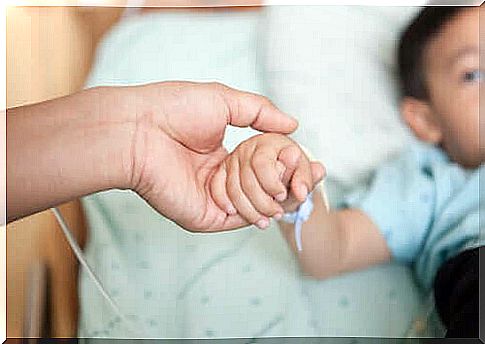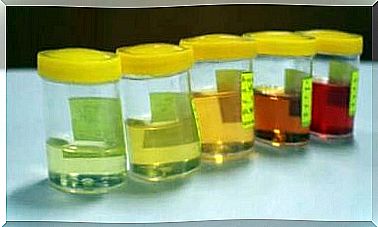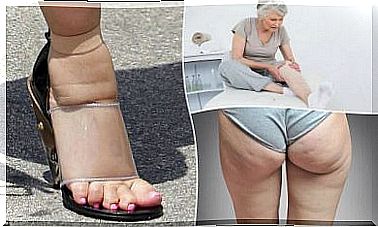All About Stroke In Children

We tend to think that strokes only affect adults. We even associate this problem with age. While it is true that the incidence is highest in people over the age of 65, strokes can also occur in children.
Strokes are also known as a ‘cerebral infarction’ or ‘apoplexy’. They consist of the cessation of blood circulation to a part of the brain, either due to hemorrhage or ischemia. As a result, oxygen and nutrients cannot reach that area properly.
Strokes are fortunately rare in childhood. According to an article published in 2014 in the Revista de la Sociedad Boliviana de Pediatría (Spanish link), their annual incidence increases with age, ranging from 2-3/100,000 children in the first five years to 8/100,000 up to age 14.
However, they are a leading cause of death and are currently among the 10 leading causes of death in children. The data also seem to indicate that their incidence is increasing.
In most children who have a stroke, this happens during the first month of life. In this article, we’ll explain everything you need to know about it, so you can recognize the symptoms and get it treated as soon as possible.
What Causes Strokes in Children?
As we mentioned, a stroke is defined as an interruption of blood flow to a certain part of the brain. It also causes certain neurological symptoms that last for at least 24 hours.
In adults, most events are related to risk factors such as hypertension or atherosclerosis. In children, however, the causes are very different. Development during pregnancy, the time of birth and certain malformations are decisive.
It should be noted that one of the main causes is a lack of oxygen during birth. Other important factors are cerebrovascular accidents resulting from trauma. Other relevant causes include:
- Sickle cell anemia and other blood disorders, for example haemophilia.
- Congenital heart or blood vessel malformations, such as arteriovenous malformations, AVM.
- Certain infections, such as meningitis.
- Problems during pregnancy include preeclampsia, substance abuse and maternal diabetes. Childhood strokes are also related to placental abruption and premature rupture of the membranes.
The truth is that the body is very fragile at this stage of life. They can also occur during childhood or adolescence, but the greatest number occur in the first month of life, as we mentioned above.
How to identify strokes in children?

Most people recognize this situation in adults. It very often affects the speech and mobility of any part of the body and, in addition, a person feels weak. In infants, however, it can be difficult to recognize a stroke.
When it occurs in connection with birth, babies may not show symptoms until they grow and develop. In fact, many of them may not even be bothered by it. The predominant symptom is seizures.
Other warning signs in infants are developmental delay and difficulty eating. Some babies even have a hard time breathing properly. In some patients, sudden paralysis occurs on only one side of the body, as in adults.
Strokes in older children produce symptoms that increasingly resemble those of adults. Among other things, they may experience the following problems when there is a stroke:
- Speech problems
- Headache
- Paralysis
- Amnesia
- Behavioral changes
How are they treated?
If you see any of these abnormalities in a child, you should rush the child to the emergency room. As we have seen, symptoms can go undetected. It is therefore important to pay attention to it and visit the pediatrician regularly.
The treatment of stroke in children is complex and depends on the cause of the stroke. In the case of seizures, children usually need treatment with antiepileptic drugs.
If there is a deformity or congenital problem, then it needs to be addressed. In addition, most children who experience this health problem require rehabilitation. This is necessary to restore the functions of the affected area as best as possible.









